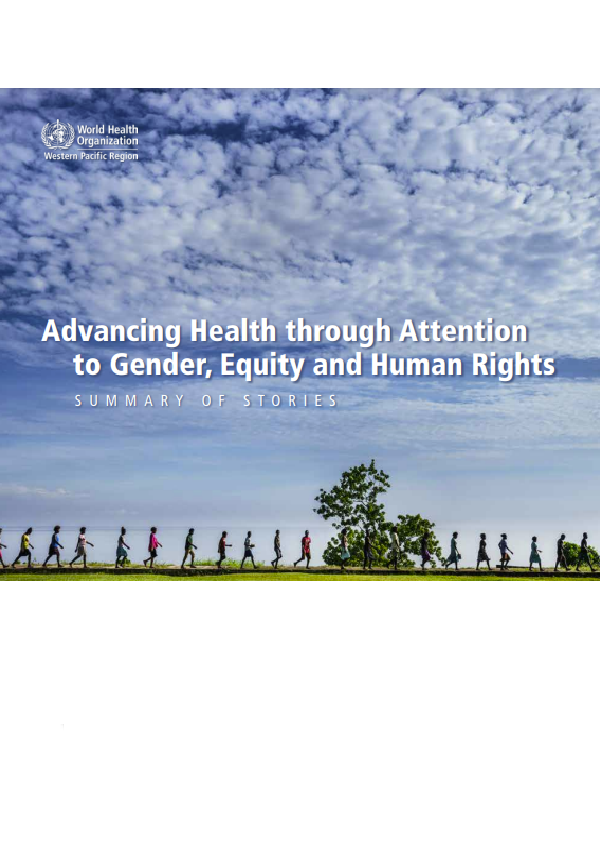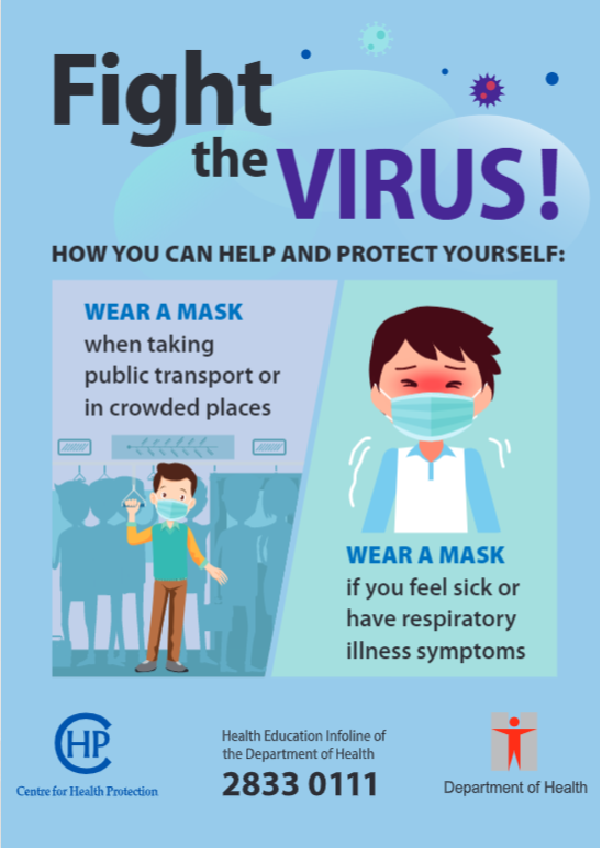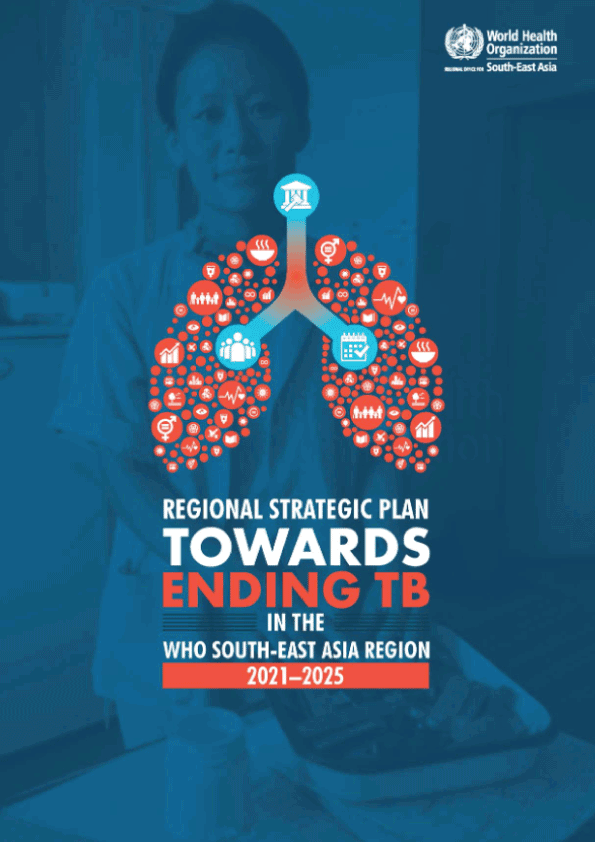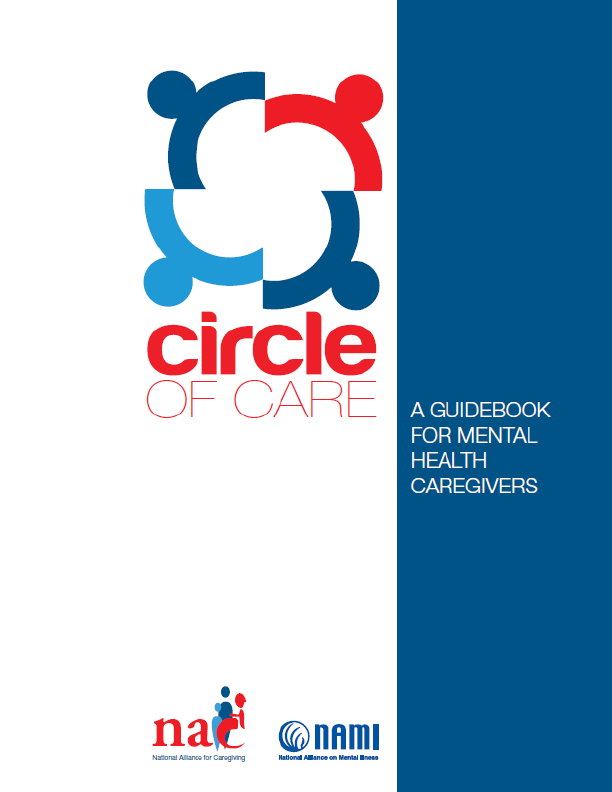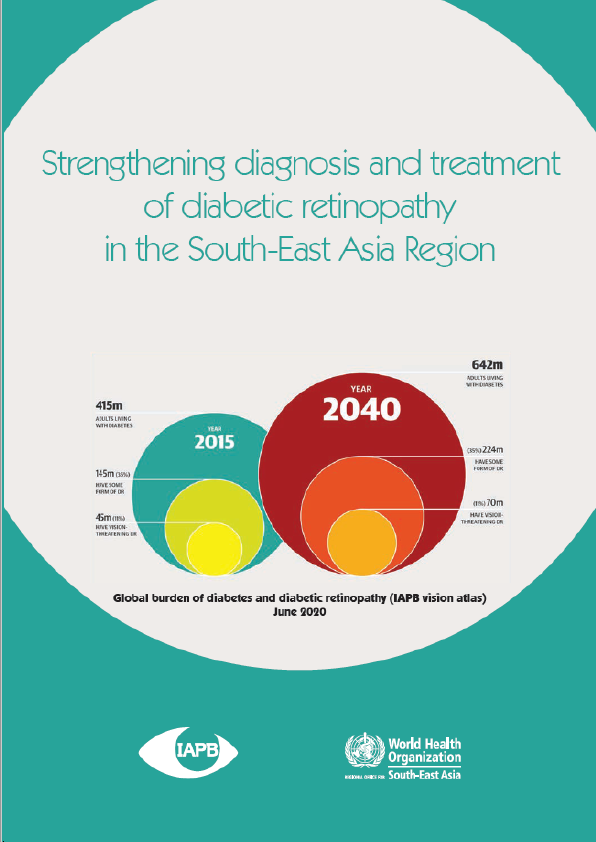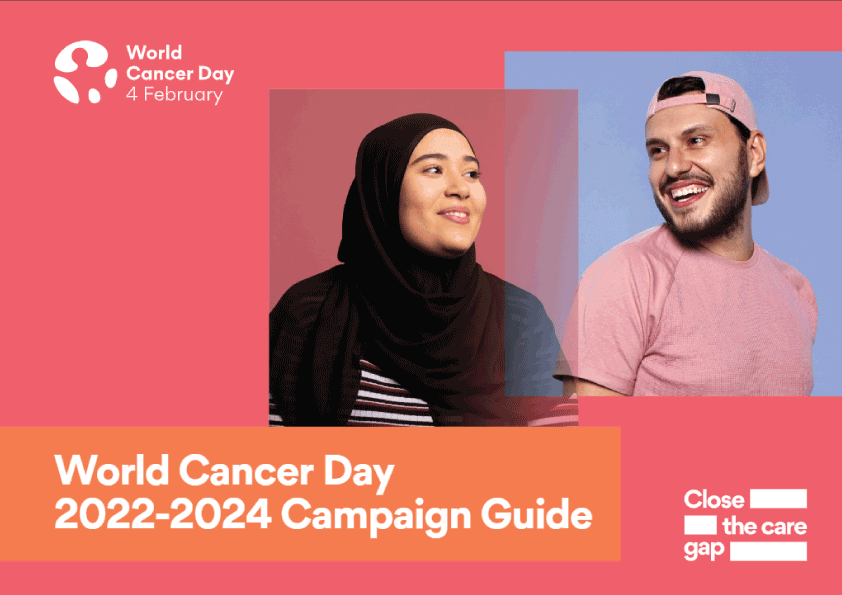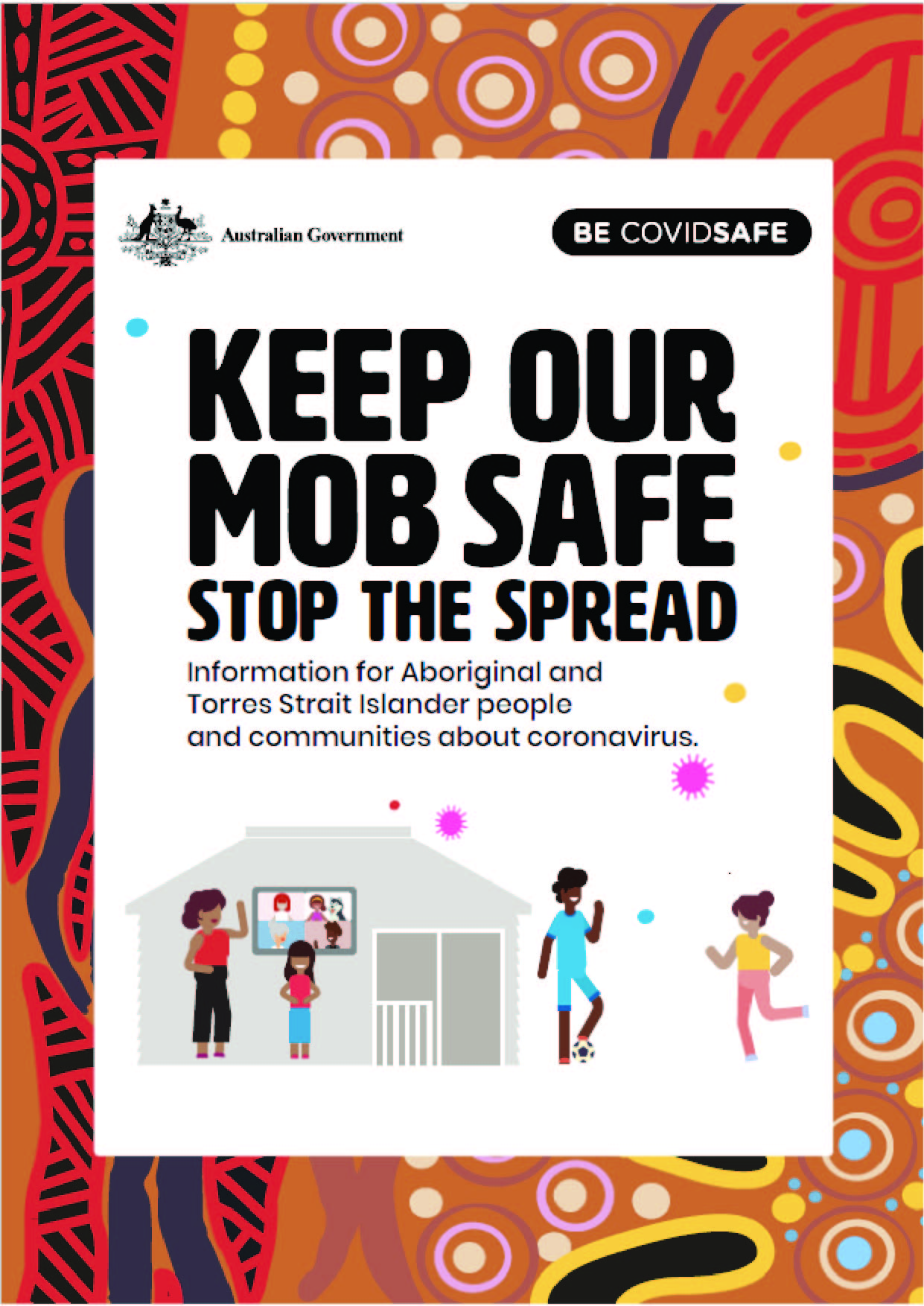Attention to gender, equity, and human rights can advance health. But the question is: how can this be done? How can health programs consider the concerns and experiences of women, men, girls, and boys from diverse groups as an integral dimension of the design, implementation, monitoring, and evaluation of policies and programs? Health programs are increasingly recognizing that one-size-fits-all does not deliver benefits equitably to all population groups and that in some cases inequity may even be exacerbated. Programs have also learned that attention to gender, equity, and human rights is crucial for sustaining achievements in health and development.
The booklet provides a brief summary, highlights, and key messages from the Regional Report on Advancing Health through Attention to Gender, Equity, and Human Rights: stories from the Western Pacific Region, due to be published later this year. Gender, equity, and human rights are not new ideas. Nevertheless, their importance has Introduction been given new impetus by the adoption by the United Nations of the Sustainable Development Goals (SDGs), which focus on leaving no one behind. To successfully contribute to equity, gender, and human rights, many organizations are transforming their culture from within. One critical step in the process is identifying strategic entry points for action, based on lessons learned from best and promising practices. The stories highlighted here come from across the WHO Western Pacific Region and show that progress is being made, if sometimes slowly. Of course, there is always more to be done. Nevertheless, on International Women’s Day 2017, the WHO Regional Office for the Western Pacific is pleased to present this compilation of examples that demonstrate how attention to gender, equity, and human rights is reshaping the way health policies and programs are developed and implemented – for the benefit of all women, men, girls and boys across the Region.
The Sustainable Development Goals (SDGs) provide new impetus for advancing health through attention to gender, equity, and human rights. Universal health coverage provides a vision for health sector development that places people and communities at the center of policy and action. As the various examples in this report reaffirm, there is no simple or one-size-fits-all approach to mainstreaming gender, equity, and/or human rights. While many lessons have been learned and broad guidance exists, mainstreaming remains an ongoing challenge. This booklet – featuring examples from the forthcoming – ing Regional Report on Advancing Health through Attention to Gender, Equity and Human Rights: Stories from the Western Pacific Region – is not the final word. This is only the beginning. Ongoing review and lessons from experience are crucially important for creating further change. The stories presented here are intended to start a process of reflection and learning. This process will help to inform and accelerate efforts by health programs to consider and advance action on gender, equity and/or human rights within the Western Pacific Region. The SDGs and universal health coverage challenge all of us to work towards inclusive societies that leave no one behind. Attention to gender, equity, and human rights is at the heart of this effort.
